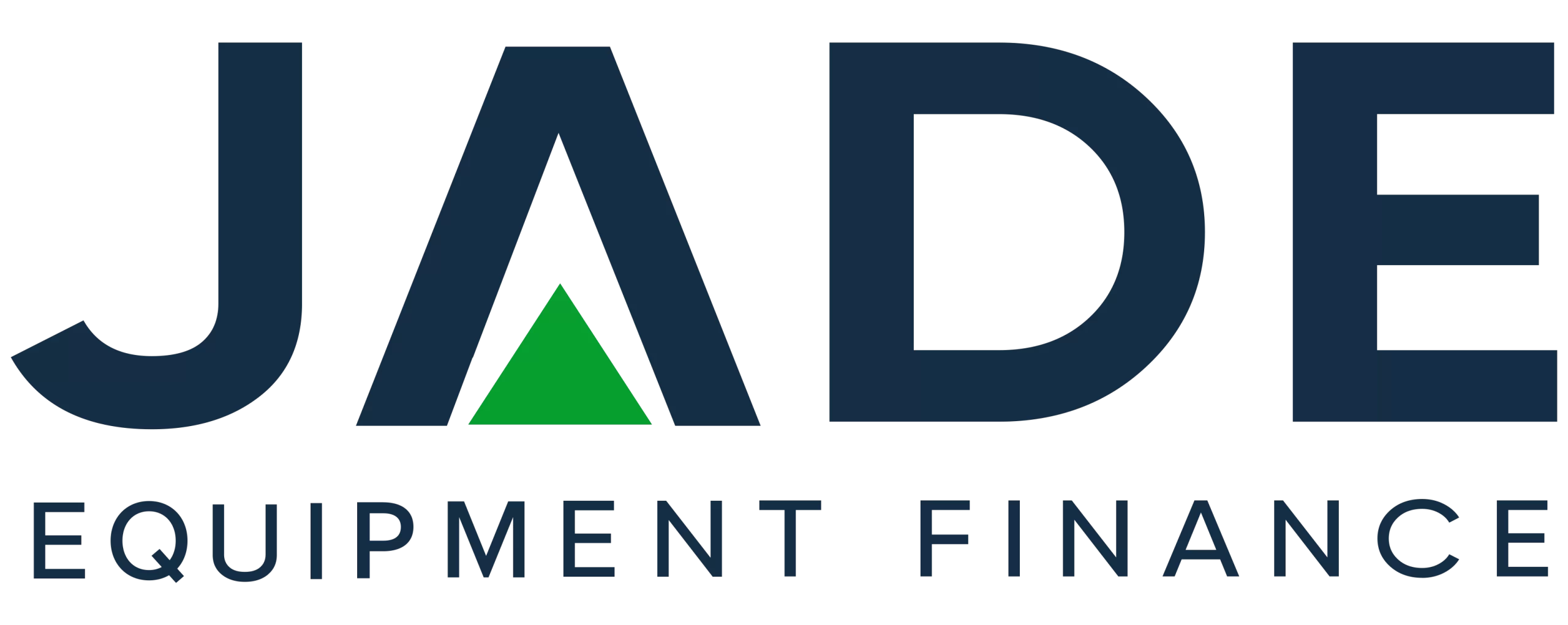Many analysts and economists were expecting the Board of the Reserve Bank (RBA) to hold interest rates steady again when they met on May 2. Undoubtedly, many business owners, operators, and households were hoping for the same result as April. But the RBA did not hold back, announcing another rate rise of 0.25% for the cash rate.
According to reports, this did catch the markets by surprise as many had not forecast such a decision. The forecasts may have been derived from the positive inflation figures released by the Australian Bureau of Statistics (ABS) just a week before the May 2 RBA meeting. The fall from 7.8% to 7% is seen as a positive sign, plus the pressure already being felt by households from the previous ten rate rises.
It was the actual detail in the latest inflation data, which was one of the major reasons the Board gave for announcing the May increase. While goods inflation has been slowing, price growth in services remains consistently at too high a rate. This, coupled with the forecasts expecting a much longer time for inflation to approach the target, the Board saw as warranting the further rate rise.
The official cash rate is now at 3.85%, the highest for 11 years, and the May decision may not be the last increase we see. Governor Philip Lowe noted that more may be required to ensure inflation reaches the target in a more reasonable timeframe.
RBA May Decision on Interest Rates
As usual, the May decision on interest rates by the RBA Board was delivered via a media statement from Governor Philip Lowe. Later that day, Dr Lowe addressed the Reserve Bank Dinner, where he elaborated on a number of the themes in the decision statement. Details of the specific discussions, including what rate options were considered, will not be revealed until the minutes of that meeting are available on May 16.
In the announcement release, Governor Lowe notes that the peak of Australia's inflation rate has passed, but the current rate of 7% is still too high. Based on current forecasts, Dr Lowe said it would take quite a while for inflation to get back down to the target of 2% to 3%.
This amount of time is considered too long, and with reducing inflation the priority for Board, getting inflation down in a more reasonable amount of time is extremely important. This was one of the main reasons for the 0.25% interest rate rise decision.
Dr Lowe repeated the reasons for the April rate hold. The key reason is for Board members to have the time to access and review the most up-to-date data on the economy, especially how the previous rate rises were having the effect required.
That data included the March Quarter CPI, which revealed that inflation had dropped to 7%. While welcome, Dr Lowe said it would take until the middle of 2025 for inflation to reach the target's upper range, 3%. With current forecasts, inflation will drop to 4.5% this year.
Goods inflation is easing as a better balance between demand and supply is reached, as the disruptions in the supply chains caused by the pandemic resolve. However, service inflation is still too high, as is being seen in global economies. The continuing high rate of service inflation is a risk and a key concern to the Board.
Labour costs are increasing, but growth in productivity continues at subdued rates, and the labour market is still tight. Dr Lowe said that Board members remain vigilant to the risk of a prices-wages spiral and continue paying close attention to how businesses set prices regarding labour costs.
The difficulties and damage to the economy that high inflation rates can create were noted. Dr Lowe said that if high rates developed to become entrenched in expectations, the situation would be extremely costly to adjust later. Correcting such a scenario would mean even higher interest rates and an increase in unemployment.
The Board seeks to bring inflation down while preserving the advances already made in employment. Uncertainties in how demand would be impacted by higher interest rates, increasing living costs and house prices were noted. Also, an area of uncertainty is the global economic environment.
With the need to bring inflation down faster and the high services inflation rate, the Board members decided to increase the cash rate by 0.25%. This May increase may not be the last rate rise we see. Dr Lowe said that further monetary policy tightening – more interest rate increases- may be needed to bring inflation down faster.
The key dates to watch for how the economy is faring and what may be ahead for interest rates and business prospects are: -
- May 9 Federal Budget
- May 16 RBA Meeting Minutes
- May 15 – ABS, Building Approvals Data
- May 18 – ABS, Unemployment Figures
- May 31 – ABS, Latest Inflation Data
- June 6 RBA June Board Meeting
Securing Better Equipment Finance Rates
We appreciate that another rate rise will have many operators questioning whether or not they should proceed with their machinery acquisition finance plans at this time.
But with tax benefits to be realised in this financial year; the potential additional benefits from temporary full expensing; plus the prospect of higher rates down the track, there are strong arguments for proceeding as planned, but with the cheapest interest finance rate achievable.
In light of this latest interest rate rise, business owners revisiting asset acquisition plans can engage Jade Equipment Finance to secure cheaper finance. The May rates decision may result in rising equipment finance interest rates by some banks and non-bank lenders. But operators can be confident that with our vast lender base, we have the capabilities, drive, and eagerness to source the cheapest rates for our customers.
For cheaper interest rates on machinery finance, contact Jade Equipment Finance at 1300 000 003
DISCLAIMER: IF MISINTERPRETATIONS, MISREPRESENTATIONS OR ERRORS EXIST IN THIS ARTICLE, NO LIABILITY IS ACCEPTED. THE INFORMATION IS PROVIDED ONLY FOR GENERAL PURPOSES AND NOT IN ANY MANNER INTENDED AS THE ONLY SOURCE FOR MAKING FINANCIAL DECISIONS. THOSE THAT CONSIDER THEY REQUIRE ADDITIONAL GUIDANCE OR ADVICE SHOULD REFER TO AN INDEPENDENT FINANCIAL ADVISOR.


